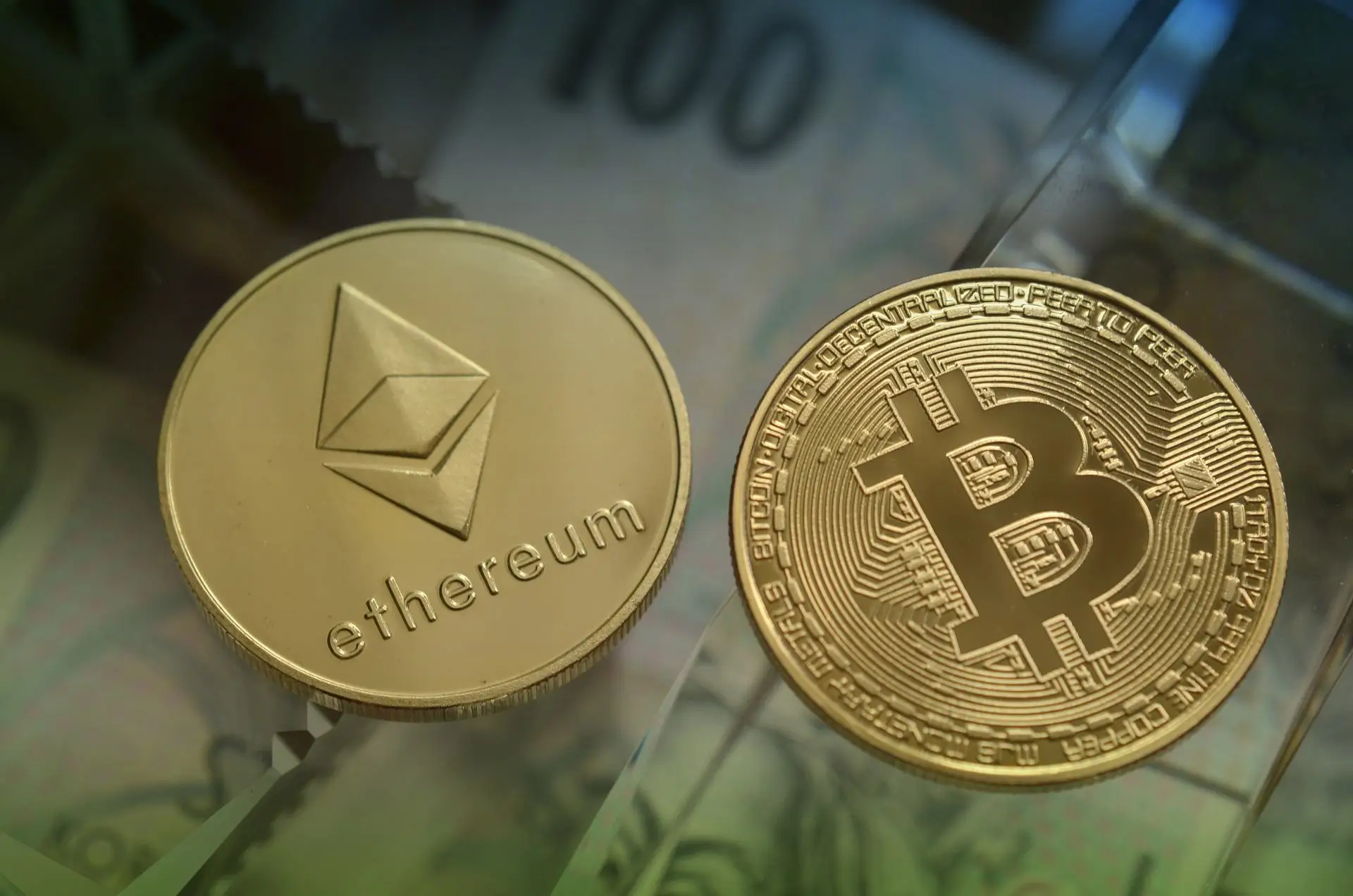BlackRock Boosts Crypto Holdings with Over $350M in BTC and ETH
05.06.2025 18:00 1 min. read Alexander Stefanov
BlackRock is making another assertive move into digital assets, quietly expanding its crypto portfolio with sizable purchases of both Bitcoin and Ethereum.
On-chain records show the firm recently added 2,704 BTC and over 28,000 ETH—combined, these holdings are valued at more than $350 million.
This accumulation comes as BlackRock’s flagship crypto product, the iShares Bitcoin Trust (IBIT), continues to surge. With over $72 billion in assets gathered in less than a year and a half, IBIT now ranks among the 25 largest ETFs in the world. Its meteoric rise is matched by inflows that rival some of the most successful ETFs in history—$15.5 billion arrived in the first quarter alone, according to Bloomberg’s Eric Balchunas.
Meanwhile, institutional demand for regulated crypto exposure is spreading beyond U.S. borders. Russia’s main stock exchange, MOEX, is set to roll out Bitcoin futures contracts tied directly to BlackRock’s IBIT ETF. Launching June 4, the offering will be limited to accredited investors, giving local institutions a compliant way to track Bitcoin’s price performance without holding the asset itself.
As the world’s largest asset manager continues to build its digital asset footprint, BlackRock is reinforcing its position as a key gateway between traditional finance and crypto markets.
-
1
Here is How Ethereum Can Change Wall Street, According to ETH Co-founder
09.07.2025 10:00 2 min. read -
2
PENGU Doubles in a Week as New Solana Presale is Tipped as the Best Meme Coin to Buy
17.07.2025 1:30 4 min. read -
3
Binance Could Introduce Golden Visa Option for BNB Investors Inspired by TON
07.07.2025 8:00 1 min. read -
4
Ethereum and Solana 2025 Update: Upgrades, Growth, and What’s next
12.07.2025 14:30 2 min. read -
5
Pepe Price Prediction: PEPE Could Rise Another 10% If It Breaks This Key Level
16.07.2025 17:26 3 min. read
Solana Plans 66% Block Upgrade to Boost Network Capacity
Solana developers have introduced a new proposal aimed at pushing the network’s performance even further.
Societe Generale Backs Bitcoin and Ethereum ETP Expansion
French banking giant Societe Generale has entered the crypto space more directly, forming a strategic partnership with 21Shares.
Strategy Launches $2 Billion Raise to Buy More Bitcoin
MicroStrategy is doubling down on its Bitcoin strategy with a massive $2 billion fundraising move. Originally planned at $500 million, the company expanded its offering after seeing strong investor demand.
Toncoin Treasury Launch: Ton Foundation and Kingsway Raise $400 Million
Toncoin is about to get a major institutional boost. The Ton Foundation and Kingsway Capital have teamed up on a bold initiative: raise $400 million to create a crypto treasury entity focused entirely on Toncoin.
-
1
Here is How Ethereum Can Change Wall Street, According to ETH Co-founder
09.07.2025 10:00 2 min. read -
2
PENGU Doubles in a Week as New Solana Presale is Tipped as the Best Meme Coin to Buy
17.07.2025 1:30 4 min. read -
3
Binance Could Introduce Golden Visa Option for BNB Investors Inspired by TON
07.07.2025 8:00 1 min. read -
4
Ethereum and Solana 2025 Update: Upgrades, Growth, and What’s next
12.07.2025 14:30 2 min. read -
5
Pepe Price Prediction: PEPE Could Rise Another 10% If It Breaks This Key Level
16.07.2025 17:26 3 min. read


